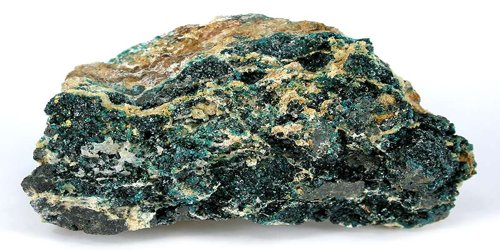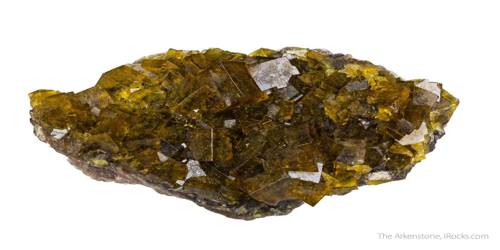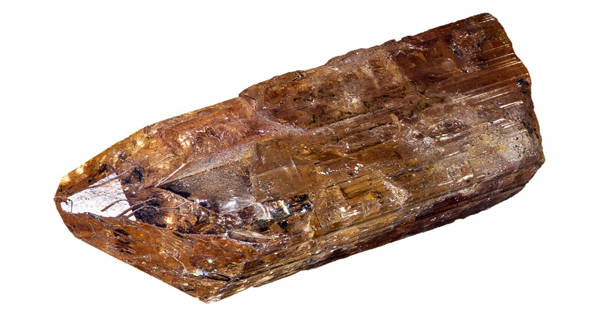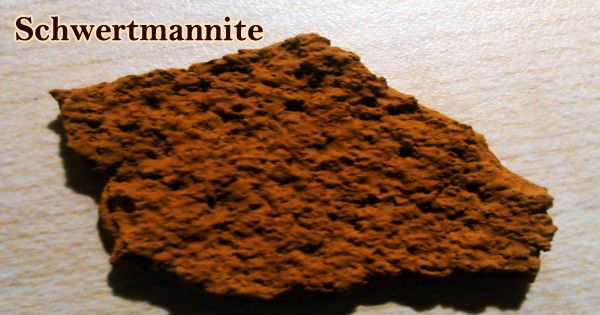Herbertsmithite is a mineral with chemical structure ZnCu3(OH)6C12. It is a mineral with light green or blue-green with a vitreous luster. It was discovered in 2012 to be able to exhibit the properties of a quantum spin liquid, a generalized form of strongly correlated quantum spin liquid due to its Kagome lattice structure.
It is named after the mineralogist Herbert Smith (1872–1953) and was first found in 1972 in Chile. It is polymorphous with kapellasite and closely related to paratacamite.
General Information
- Category: Halide mineral
- Formula: ZnCu3(OH)6C12
- Crystal system: Trigonal
- Crystal class: Hexagonal scalenohedral (3m)
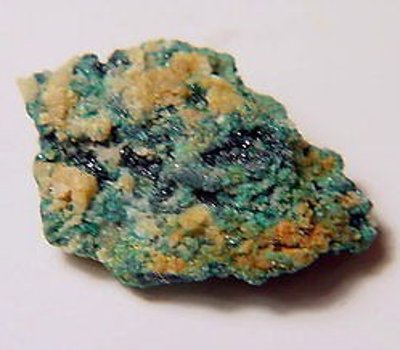
Properties
Herbertsmithite has a vitreous luster and is fairly transparent with a light-green to blue-green color. Herbertsmithite has a Mohs hardness of between 3 and 3.5 and is known to have a brittle tenacity. The crystal’s density has been calculated at 3.76 g/cm3.
- Color: Light green, blue-green
- Crystal habit: Aggregates of rhombohedral crystals
- Tenacity: Brittle
- Mohs scale hardness: 3–3.5
- Luster: Vitreous to adamantine
- Streak: Light green
- Diaphaneity: Transparent
- Specific gravity: 3.75-3.95
- Optical properties: Uniaxial (-)
Occurrence
Herbertsmithite is generally found in and around Anarak, Iran, hence its other name, anarakite.
Herbertsmithite is associated with copper mineralizations in syenitic porphyries and granites in Chile and in Triassic dolomite formations in Iran. It has also been reported from the Osborn District in the Big Horn Mountains of Maricopa County, Arizona and the Lavrion District Mines of Attica, Greece.
Information Source:
